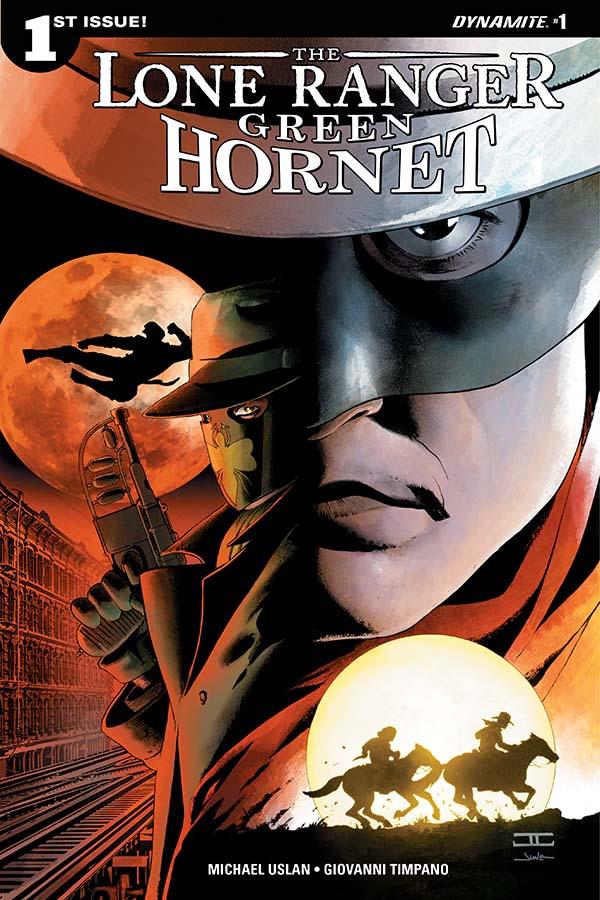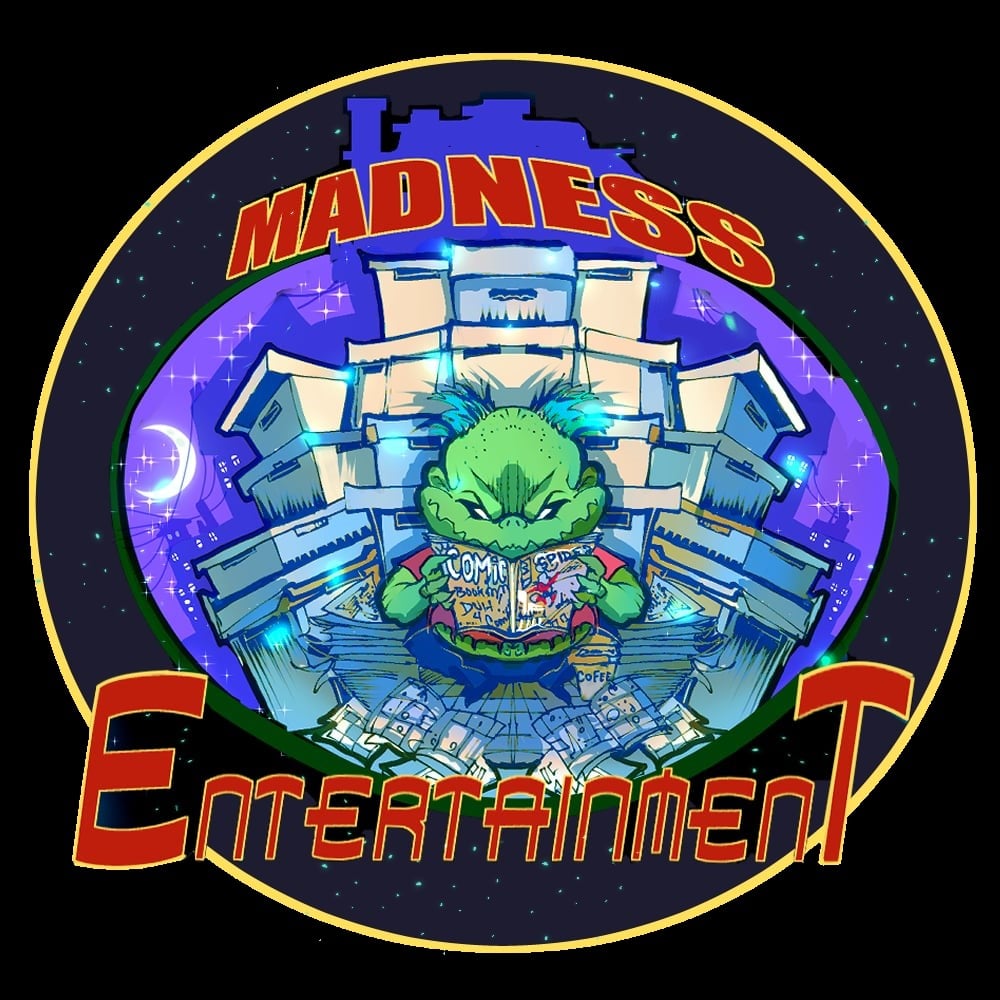Green Hornet Origin Echoes With A Thunder of Hoofbeats
FTC Statement: Reviewers are frequently provided by the publisher/production company with a copy of the material being reviewed.The opinions published are solely those of the respective reviewers and may not reflect the opinions of CriticalBlast.com or its management.
As an Amazon Associate, we earn from qualifying purchases. (This is a legal requirement, as apparently some sites advertise for Amazon for free. Yes, that's sarcasm.)

The setting is 1936, and John Reid -- the retired Lone Ranger -- knows one thing for certain: "Hitler and Mussolini are up to no good, without question! And their no good is a far worse no good than no good ever was in my day. Makes me mad as a hornet!"
But the best John Reid can do these days is inpire the younger kids with tales of the Old West and his battles with the Cavendish Gang. When his nephew, Dan Reid, publisher of the Daily Sentinel, comes by for advice on how to motivate his son Britt, however, the Lone Ranger doesn't have much to offer. It's only after Dan's death and Britt's eventual inheritance of the newspaper that we start to see some of the vague sense of purpose forming in Britt, as he looks out over the city and bemoand crime, government corruption, and press intimidation. His aide, Kato, says they could always strike "from the shadows," and Uncle John agrees. He tries to talk Britt into becoming a symbol -- a new Lone Ranger for a new age. He even offers his old vest -- the one with a hole in it from which Tonto cut his original Lone Ranger mask.
But it's not until G-Man Elliot Ness shows up that the story truly gets moving. But while he's in Britt's offices, it's John's help that he's come after. He's got murders to solve, and they're connected to Rudolph Hess's Bund -- a rally that comes with it's own protesters who carry signs like 'Bigotry Has No Place in America!" and "Hate Did Not Make America Great!" Subtle. Ness wants John to step up as a symbol again -- but more than that, he needs his insight. Because these murders have a more domestic connection: The Cavendish Gang. But Butch Cavendish died years ago -- didn't he?
Michael Uslan's revamped origin of the Green Hornet lacks something in the way of motivation beyond smoldering political discontent. However, tying it to a living Lone Ranger makes this a worthwhile read. (And in case readers think it's a stretch of age, bear in mind that there were living Civil War veterans when the Enola Gay dropped Fat Man and Little Boy.) Giovanni Timpano's artwork is perfectly suited for a period piece of this variety.
The motivations may be a bit weak, but the concept and the execution are enough to bring me back for the next installment of those thrilling days of yesteryear.


